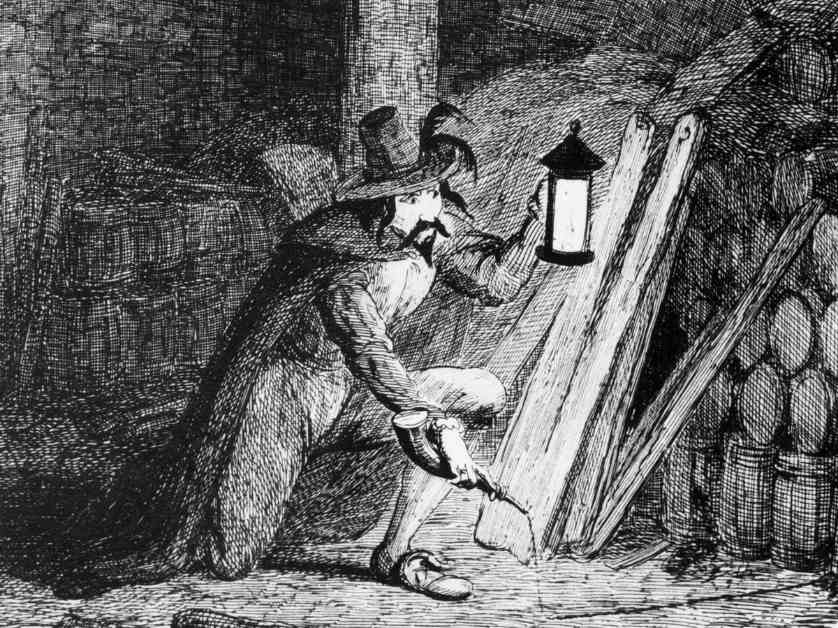Every year on 5th November, people in the UK celebrate Bonfire Night, also known as Guy Fawkes Night, to remember the Gunpowder Plot of 1605. This was a failed attempt by a group of Catholic conspirators to blow up the House of Lords and assassinate King James I. The mastermind behind the plot was Guy Fawkes, who was caught red-handed with barrels of gunpowder in the cellar below the Lords.
The conspirators, led by Fawkes and Robert Catesby, hoped to replace the Protestant King James with the Catholic Philip III of Spain. However, their plans were foiled when Lord Monteagle received an anonymous letter warning of the plot and alerted the authorities. Fawkes was arrested, tortured, and eventually executed along with his co-conspirators.
The aftermath of the Gunpowder Plot led to increased persecution of Catholics in England, with new laws passed to suppress the Catholic population. The memory of the plot continues to influence British politics, with traditions like the Yeoman of the Guard checking for gunpowder in the cellars of Parliament still in place.
Despite his role in the failed plot, Guy Fawkes has been transformed into a symbol of protest and defiance in modern times. His likeness is often used by activists and protestors as a symbol of opposition to authority and government overreach. The legacy of the Gunpowder Plot lives on in the collective memory of the British people, reminding us of the consequences of extremism and the importance of vigilance in protecting democracy.












